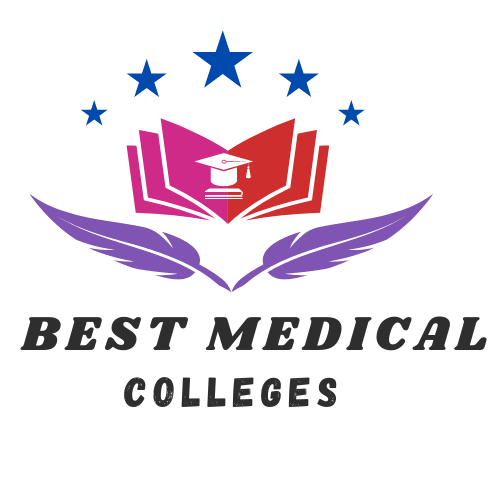Medical Education in India: Challenges and Prospects
India’s medical education system, among the largest in the world, plays a pivotal role in shaping the nation’s healthcare landscape. With a blend of ancient practices and modern advancements, the journey of becoming a doctor in India is both challenging and rewarding. Here, we explore the structure, challenges, and future prospects of medical education in India.
Structure of Medical Education
1. **Undergraduate Level (MBBS)**
– **Admission:** Students typically enter medical school after passing rigorous entrance examinations like the National Eligibility cum Entrance Test (NEET).
– **Course Duration:** The MBBS (Bachelor of Medicine, Bachelor of Surgery) program spans 5.5 years, including a one-year internship.
– **Curriculum:** The curriculum covers a wide range of subjects including Anatomy, Physiology, Biochemistry, Pharmacology, Pathology, Microbiology, Forensic Medicine, and Community Medicine, followed by clinical subjects like Medicine, Surgery, Pediatrics, Obstetrics and Gynecology.
2. **Postgraduate Level (MD/MS and Diplomas)**
– **Admission:** Postgraduate medical education requires clearing entrance exams like NEET-PG or AIIMS-PG.
– **Course Duration:** MD (Doctor of Medicine) and MS (Master of Surgery) programs typically last for 3 years. There are also various postgraduate diplomas available.
– **Specializations:** Students can choose from numerous specializations, such as Internal Medicine, General Surgery, Pediatrics, Orthopedics, and more.
3. **Super-Specialty Level (DM/MCh)**
– **Admission:** Super-specialty courses require candidates to clear entrance exams like NEET-SS.
– **Course Duration:** DM (Doctorate of Medicine) and MCh (Master of Chirurgiae) programs span 3 years.
– **Specializations:** These courses offer advanced training in fields like Cardiology, Neurology, Nephrology, Cardiothoracic Surgery, and more.

State wise college list Click here
Challenges in Medical Education
1. **Quality of Education:**
– **Infrastructure:** Many medical colleges, especially in rural areas, suffer from inadequate infrastructure and facilities.
– **Faculty:** There is a significant shortage of qualified faculty, impacting the quality of education and training.
2. **Regulatory Hurdles:**
– **Bureaucracy:** The medical education sector is heavily regulated by bodies like the Medical Council of India (MCI), now replaced by the National Medical Commission (NMC), often leading to bureaucratic delays and red tape.
– **Standardization:** There is a lack of uniformity in the quality of education across different institutions.
3. **Economic Factors:**
– **Cost:** The cost of medical education is prohibitively high in private colleges, making it inaccessible for many meritorious students.
– **Stipends:** Low stipends for postgraduate students and interns can be demotivating and financially straining.
4. **Research Opportunities:**
– **Funding:** There is limited funding for medical research, hindering innovation and advancements.
– **Facilities:** Research infrastructure and facilities are often inadequate.
#### Future Prospects and Recommendations
1. **Improving Infrastructure:**
– Investment in better infrastructure and facilities, especially in government and rural medical colleges, is crucial.
2. **Faculty Development:**
– Training and incentivizing faculty members can enhance the quality of education. Regular workshops and continuing medical education (CME) programs can keep educators updated with the latest advancements.

3. **Regulatory Reforms:**
– Simplifying regulatory processes and ensuring transparency can reduce bureaucratic delays. The NMC’s role in standardizing education and improving quality needs to be robust and dynamic.
4. **Financial Support:**
– Providing scholarships, low-interest loans, and subsidies can make medical education more accessible. Increasing stipends for interns and postgraduate students can alleviate financial burdens.
5. **Promoting Research:**
– Enhancing research facilities, providing adequate funding, and fostering a culture of innovation can drive advancements in medical science.
6. **Public-Private Partnerships:**
– Encouraging collaboration between public and private sectors can leverage resources and expertise, leading to better educational outcomes.
For any website design please contact me
Conclusion
Medical education in India stands at a crossroads, with significant challenges and immense potential. Addressing the existing issues through strategic reforms and investments can pave the way for a robust healthcare system, ultimately benefiting the nation. As India progresses, the focus on nurturing skilled, knowledgeable, and compassionate medical professionals will be key to a healthier future.




